All Features

Christine Schaefer
José Pires, founder and CEO of Global Excellence & Innovation, has helped large and small organizations across multiple industries transform their leadership to achieve better results. Based on his decades of experience guiding organizations toward performance excellence, innovation, and…

Oak Ridge National Laboratory
Working at nanoscale dimensions, billionths of a meter in size, a team of scientists led by the U.S. Department of Energy’s Oak Ridge National Laboratory (ORNL) revealed a new way to measure high-speed fluctuations in magnetic materials. Knowledge obtained by these new measurements, published in…

Mark Hembree
Some people don’t feel like they’re working unless their hair’s on fire. Somehow, they think it’s admirable to be feverish at a frenzied pace, breathless and full of urgency, turning tasks in record time and pushing the team to accelerate. Surely others will take notice and marvel at such hard work…
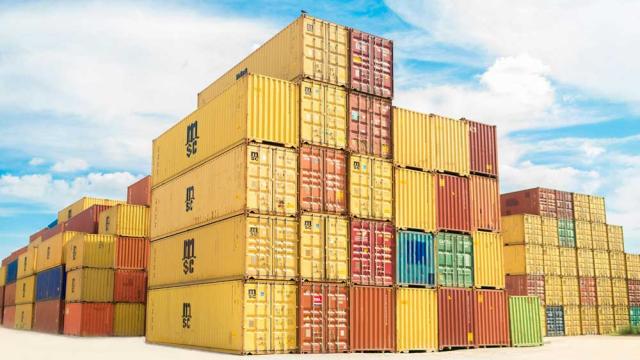
Angelina Rivera
Manufacturing is a fast-paced, constantly evolving, and dynamic environment, and the supply chain is at its heart. For small and medium-sized manufacturers (SMMs), navigating the complexities of the supply chain often feels like a high-stakes balancing act. From juggling fluctuating material costs…
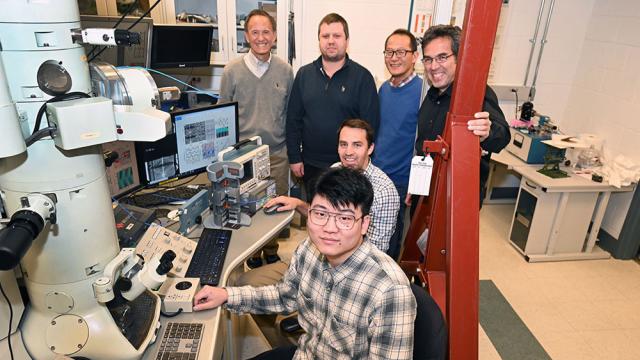
Laura Mgrdichian-West
One major category of the next generation of energy-efficient microelectronic devices and information processing technologies will likely be based on “spintronics,” which leverages both an electron’s charge and its spin—the tiny “up” or “down” magnetic moment carried by every electron. Now, a…

Mike Figliuolo
A leader’s daily decision checklist is daunting: From hiring or firing to major business changes, every judgment call carries with it some level of risk. A bad choice could result in a toxic hire or a new product launch that crashes and burns. Perhaps more frightening is this: One poor decision…

Jonathan R. Todd
Geopolitical risk is emerging as one of the greatest challenges facing domestic and international business today. It has risen from a boardroom issue to one drawing the awareness and attention of both personnel and the general public. These days everyone knows the word “supply chain” and has some…
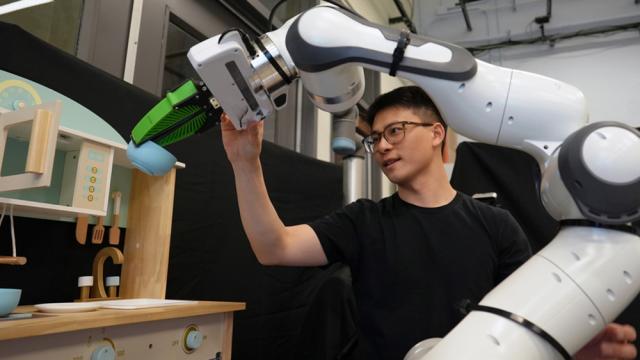
Adam Zewe
Imagine that a robot is helping you clean the dishes. You ask it to grab a soapy bowl out of the sink, but its gripper slightly misses the mark.
Using a new framework developed by MIT and NVIDIA researchers, you could correct that robot’s behavior with simple interactions. The method would allow…
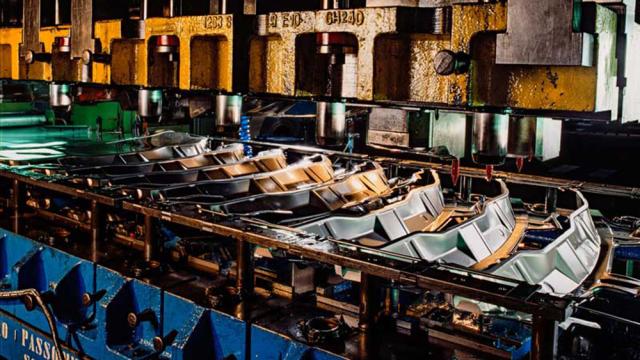
Creaform
Each type of part presents its own set of inspection challenges. This is especially true for sheet metal parts that are made of various entities, each with different positioning and dimensioning tolerances, and variable thickness gauges and sizes. These features can be inherently laborious to…

Justyna Zwolak
I previously wrote a blog post about Ada Lovelace, often celebrated as “the world’s first computer programmer.” While I genuinely enjoyed crafting that piece, I wished for the opportunity to write about a scientist who is much closer to my heart: Maria Skłodowska-Curie. She has always been and…

Maria DiBari
This current job market is plagued by fake job postings that have been misleading American job seekers, wasting their time and distorting employment data. These deceptive listings—often created to collect résumés, inflate company growth metrics, or manipulate job market statistics—erode trust in…

Christine Schaefer
With the right approach, artificial intelligence isn’t “just a tool.” It can be “a real-time decision-making partner”—one that “empowers the workforce, making knowledge more accessible while ensuring that organizations have faster and smarter operations.” So says Ron Norris, retired director of…

Gleb Tsipursky
In the current professional landscape, idea generation is revered as a hallmark of creativity and innovation. Organizations celebrate those who can generate new and groundbreaking concepts, often overlooking the subtler art of idea curation.
However, the rapid advancement of generative AI is…

John Tschohl
I ’ve been skiing in Vail, Colorado, one of the best skiing areas in the world, for more than 50 years. George Gillett Jr. acquired the resort in 1985. But when I first met him in 1978 and asked him what he does, he said, “I am in customer service.”
Gillett is out of that business now. And though…

Mike Figliuolo
Things are awesome at work until that dreadful day your boss (with whom you have an awesome relationship) tells you, “Hey, I’ve hired a new person who will be reporting to me, and you’ll now report to that person.” Just like that, you’ve officially been layered. And we all know getting layered is…

Etienne Nichols
Have you ever wondered what your medtech company looks like from the point of view of a U.S. Food and Drug Administration investigator? Well, this is your chance to find out.
Greenlight Guru invited Vincent Cafiso, a former FDA investigator, to the Global Medical Device Podcast to share his…

Aimee Levitt
It’s a cliche that the most innovative ideas come in a flash of inspiration: Archimedes in his bathtub, Newton and the apple.
But anyone whose job depends on coming up with new ideas knows that’s not entirely true, mostly because there’s no such thing as a totally novel or original idea. New ideas…

Stephanie Ojeda
Quality risk management (QRM) has become a crucial tool for ensuring regulatory compliance worldwide. It plays a central role in ISO management system standards and regulations, as well as the EU Medical Device Regulation (MDR/IVDR), FDA 21 CFR 820, and ICH Q10 in the pharmaceutical and biotech…

Susan Robertson
Despite the energy and effort you and your team pour into trying to innovate, it often feels like there’s no real progress. When new challenges and opportunities arise, you aspire to chart a bold new course. Perhaps your company has created brainstorming spaces, hired external creative talent, or…

Nick Haase
After spending years working alongside frontline manufacturing teams, I’ve come to see one thing clearly: Preventing incidents isn’t just a legal requirement. It’s the heartbeat of a healthy operation. With workplace safety making headlines daily—often with tragic details—it’s time to highlight how…
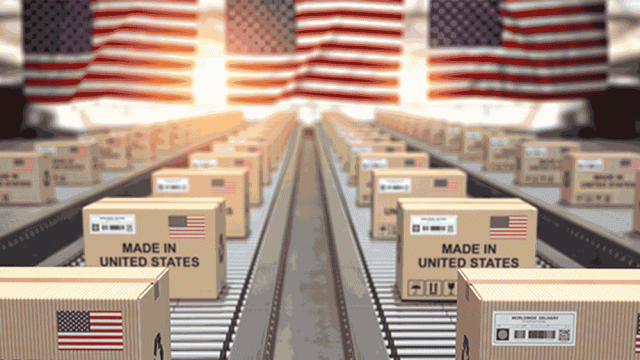
NIST
The U.S. manufacturing industry is evolving at a rapid pace, driven by new technologies, smarter supply chains, and an increasingly dynamic workforce. This year, small manufacturers will face a mix of opportunities and challenges as they navigate these changes. To stay competitive, small and medium…

Quality Digest
Augie, Augmentir’s industrial generative AI assistant, is designed to enhance manufacturing operations. Unlike standard AI-powered helpers, Augie relies on real-time operational data, workforce insights, and training records to deliver solutions that integrate smoothly into daily workflows. It…
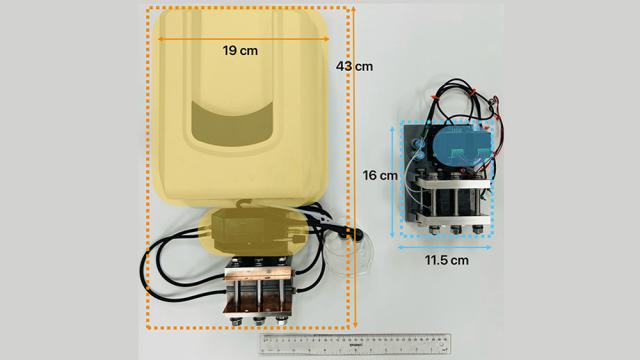
Karyn Hede
Sometimes, to go big you first have to go small. That’s what researchers at the U.S. Department of Energy’s Pacific Northwest National Laboratory have done with their latest innovation in energy storage.
With a goal of speeding up the time to discovery of new grid energy storage technology, the…

Mike Figliuolo
We all have enemies. Some of us have many. But when we spend our time and energy focused on attacking them and counterattacking their inevitable strikes, we’re the ones losing.
In getting us to attack, our enemy has taken us away from productive pursuits. They’ve hung a dark cloud over our days.…

Saurabh Joshi Shripad
Established pharmaceutical facilities play a pivotal role in public health by ensuring the safety and efficacy of the medications they produce. This critical responsibility demands strict adherence to the Code of Federal Regulations, including 21 CFR 211.67—“Equipment cleaning and maintenance,”1,2…